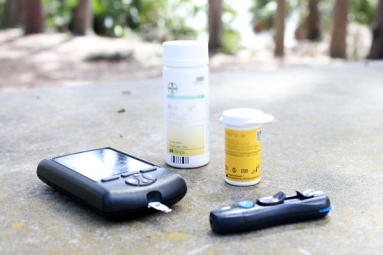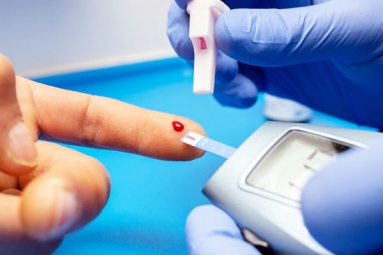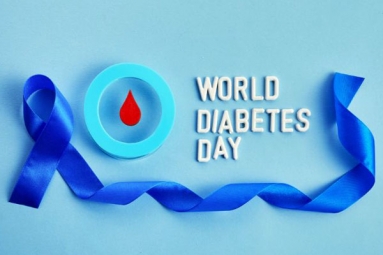
(Image source from: Verywell Health)
Insulin, which is produced by the pancreas in the body, helps control the body’s blood sugar level.
In order to maintain the blood sugar level in type 2 diabetes patients, regular insulin intake along with a proper diet and exercise regime is recommended. If not controlled at the precise time, diabetes can lead to failure of kidney, complete or partial blindness, loss of limbs, nerve problems, and even increase the risk of heart failure.
However, there are several myths around injecting insulin due to lack of awareness.
A study, published in the American Medical Association’s biomedical journal JAMA Network Open, also found that the relative risk of death due to diabetes itself was much stronger among individuals who were underweight. The findings suggest that there is an urgent need to “develop diabetes management programs that are tailored to Asian populations and the subsequent strong implementation of these programs in Asia”.
Need for Insulin for Type-2 Diabetics
“The pancreas, that produces digestive enzymes, is also responsible for producing insulin, a hormone that helps regulate blood sugar levels. Insulin helps the body use the carbohydrates in food for energy. If a patient develops Type 2 diabetes, their pancreas stops producing sufficient insulin that is required for the body to control blood sugar level”, said Dr. Roopak Wadhwa, consultant, department of diabetes endocrinology and metabolism at Fortis Hospital.
According to the Pancreatic Cancer Action Network, people who have lived with diabetes for five or more years are between 1.5 and two times more likely to develop pancreatic cancer.
When to Take Insulin?
“In India, we generally advise our patients to take insulin after treating them on oral medication for 8 to 10 years if they are unable to control the blood sugar level by making certain changes in their lifestyle. However there are also patients who take good measures from their end for more than 15 years and then go for insulin”, said Dr. Wadhwa.
According to the American Diabetes Association, most people with type 2 diabetes may need one injection per day in the absence of any diabetes pills. It is usually recommended to take the injection around supper time or bedtime. It is recommended to fix the time as switching time might change the process of the body.
Tips While Taking Insulin
- Clean the injection place with rubbing alcohol before injecting each dose.
- Change the injection needle to lessen injury or pain under the skin.
- Insulin may be injected in the stomach area, the thigh, the buttocks, or the back of the upper arm.
- Do not inject into a vein or muscle as it may lead to very low blood sugar (hypoglycemia).
- Do not rub the area after taking insulin.
- Do not inject into skin that is reddish, bloated, or itchy or is prone to an allergic reaction.
- Do not inject cold insulin since it can be aching and before injecting it is required to keep the insulin container at room temperature for about 20 minutes.
By Sowmya Sangam



















